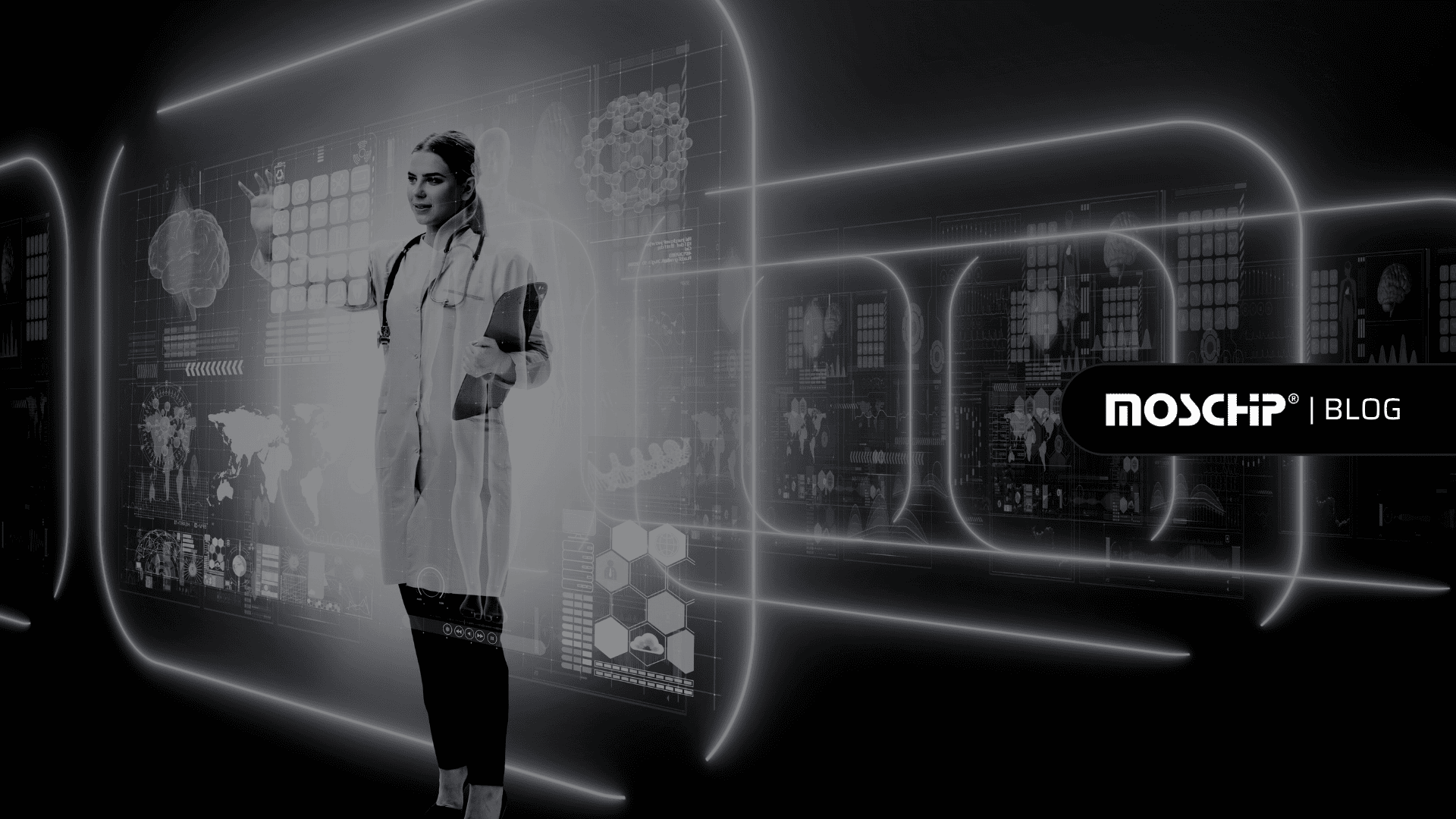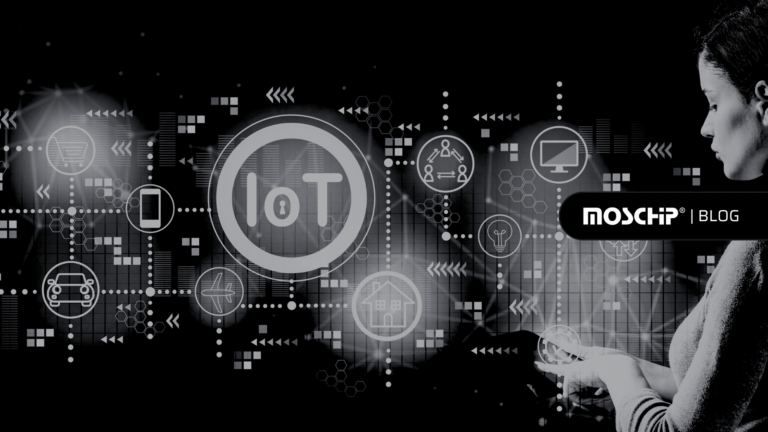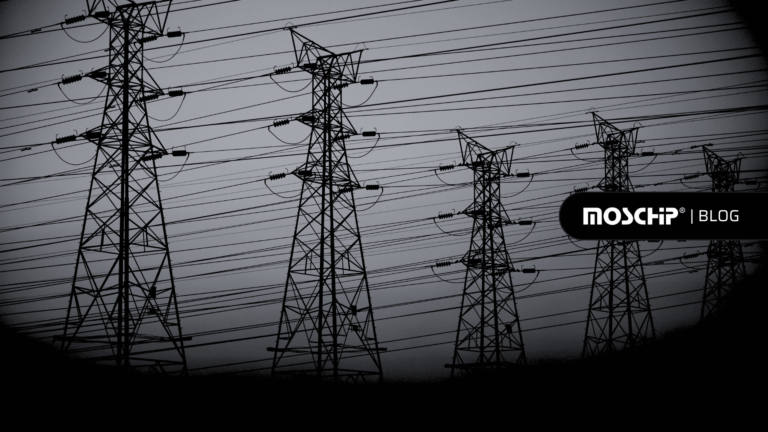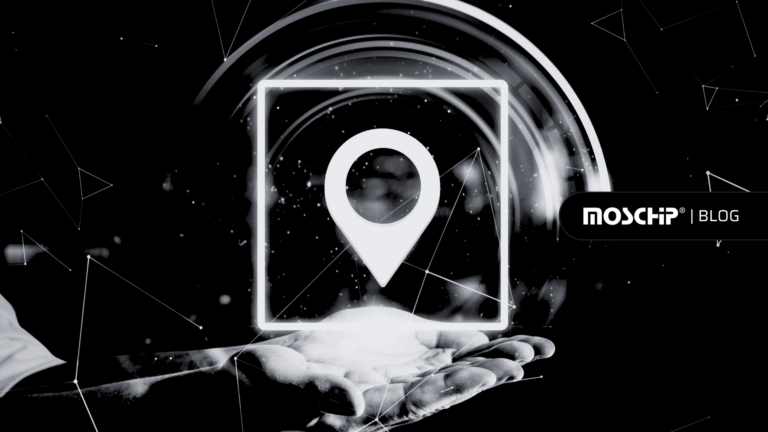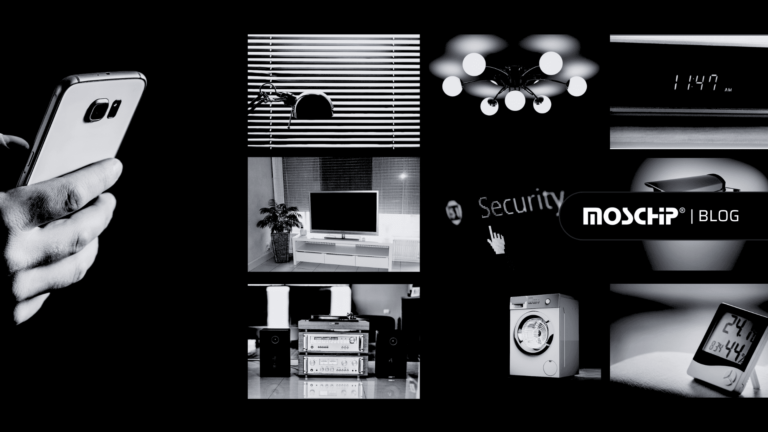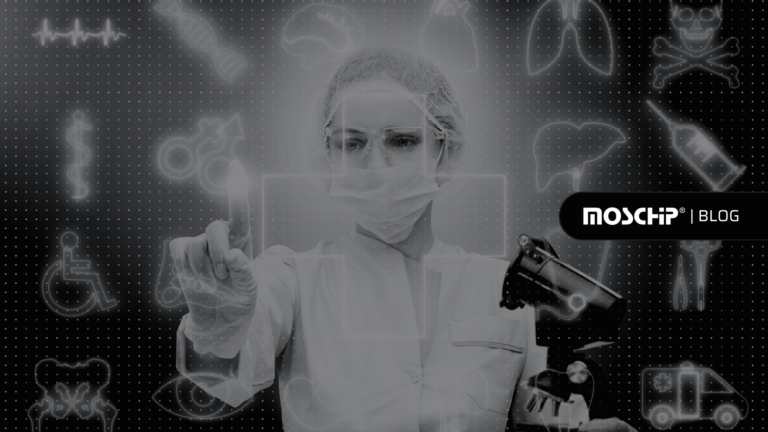How IoT-MD has the Potential to Improve Healthcare
As we’ve continued to explore IoT in its various applications, there has been no shortage of innovation. From safety and efficiency applications in the construction equipment industry to resource saving and energy monitoring use in the power systems equipment industry, IoT has shown its worth across the board. Just as it’s helped organizations in construction and power equipment industries thrive, the power of the Internet of Things could also mean big things for medical equipment manufacturers.
Today, it has become increasingly possible to remotely monitor a patient’s health with the use of the network of sensors, actuators and other mobile communication devices, referred to as the Internet of Things for Medical Devices (IoT-MD). The IoT-MD provides an environment where a patient’s vital parameters get transmitted by medical devices via a gateway onto secure cloud-based platforms where it is stored, aggregated and analyzed.
Health and wellness is one of the most promising application areas of IoT technology. The Internet of Things (IoT) is increasingly being recognized by researchers and analysts as one of the most sophisticated technologies that has the potential to not only affect the health, safety, and productivity of billions of people but also has a major economic impact.
Applications of IoT-MD
Increasingly digitally-savvy customers, the focus on overall experience and new connected possibilities have propelled the medical device industry to seriously explore IoT’s short- and long-term business possibilities. This blog speaks how the IoT is transforming the medical device space, and how medical device companies can harness the IoT’s potential.
Not surprisingly, the IoT is making strong inroads in the medical devices industry. Medical devices companies are transforming themselves from devices/consumables providers to disease/care management organizations. Digitization in acute care, chronic care or in adherence is greatly aided by IoT-powered medical devices such as subcutaneous drug delivery units, continuous glucose monitors and vitals monitoring equipment.
There are also more fundamental shifts forcing medical devices companies to reinvent themselves: the consolidation of group purchasing organizations (GPOs) and accountable care organizations (ACOs) under healthcare reform, the growing focus on prevention and wellness management, technology convergence, value-based healthcare, etc. The arrival of digital enterprises such as Google and Apple into the consumer health space is ushering in new possibilities. The confluence of all these currents has led medical device companies to innovate from within or via deeper ecosystem collaboration.
At a Glance: The Connected Devices Space
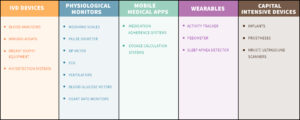
Medical devices present unique IoT challenges. These include the wide spectrum of therapeutic areas, the broad range of medical technologies, the diversity of network protocols, critical security and vulnerability considerations, regulatory compliance imperatives resulting from the handling of patient data and stakeholders with varied interests.
Challenges in IoT-MD
The significant challenges in the integration and management of IoT-MD include:
- Managing device diversity and interoperability
- Data integration
- Scale, data volume and performance
- Flexibility and evolution of applications
- Data privacy
- Need for medical expertise
Benefits of IoT-MD
- Lowered cost of care
- Improved patient outcomes
- Real time disease management
- Improved quality of life
- Improved user experience
The Future of Medical Equipment Lies in Connection
With so many benefits of medical equipment connectivity, we can bet on seeing more and more of these IoT connected devices populate care centres. Those in the medical equipment industry have a myriad of application opportunities ahead of them with the kinds of data these sensors can provide. Here are just a few of the benefits medical equipment manufacturers will realize with possibilities of connected sensors and devices:
1. Monitoring
While connecting patient, medical devices can provide unparalleled access to individual health, with connected equipment, techs can also monitor the health of the machines of which they’re in charge. This is especially helpful for those must-have machines that are imperative for patient care. Having this kind 24/7 automatic monitoring can give piece of mind to those organizations in charge of keeping vital medical equipment up and running.
2. Equal Distribution.
Keeping equipment running is the main concern for medical equipment companies, but making sure it’s used effectively can also help service organizations see tremendous benefits. IoT Sensors have the ability to reveal how long, how often, and how well machines are being used. This means that if one piece of equipment is continually overused, while is rarely used, companies can make adjustments so they receive equal wear. Similarly, scheduling times for equipment use can be made easier by updating reservations through cloud based software. Thus, avoiding over booking and resource exhaustion.
3. Implementation
With an endless flow of data from device to manufacturer, companies receive insights into how equipment can be modified or upgraded. For example, if a particular device tends to use resources too quickly, the manufacturer can change the design in the next iteration of the equipment. Useful data about the efficiency or performance of the equipment can make the manufacturing process more efficient, and by relation, healthcare as well.
We foresee that the digital divide between industrial IoT and consumer IoT will start to dissolve, giving rise to new business possibilities. For instance, the replenishment orders for nutrients used in a medical pump may find its way from consumer to logistics to production planning. In an abstracted and consumable form, medical device companies will be able to demonstrate how an ecosystem of devices work together as a way of providing transparency and facilitating more informed consumer decision-making.
Medical devices are likely to have built-in user preferences to control how personal data is communicated and shared. Consumers may opt to allow devices to communicate only the device’s health status or allow exchange of full information, or various combinations thereof. We expect, in the next few years, user-controlled connected medical devices to become ubiquitous. The progression of the IoT is set to unleash new frontiers in customer-centricity with unprecedented levels of digitization in the medical devices industry.
Is your organization ready?
Moschip has been a pioneer in the field of Semiconductors Design Services, with constant innovations, technological advancements and vision oriented leadership. Moschip has also put its footprint in the field of IoT, Cloud and Connected Devices domain. Driven by a positive outlook, Moschip is moving to more flexible, agile models.
Get in touch with us today to know more.

